Linux
-
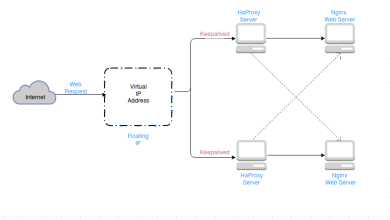
How to Configure a Linux Server for High Availability
High availability (HA) is a critical requirement for modern IT infrastructure, ensuring that systems remain operational and accessible even in…
Read More » -
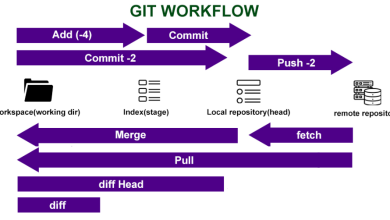
How to Install and Use Git for Version Control
Git is a distributed version control system that allows developers to track changes in their code, collaborate with others, and…
Read More » -
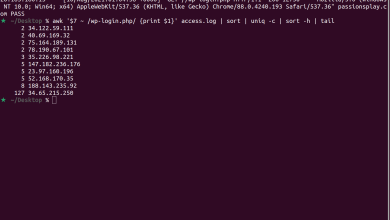
How to Use the awk ‘{print $1}’ Command for Text Manipulation
The awk command is a powerful text-processing tool available in Unix-like operating systems. It is particularly useful for extracting and manipulating data…
Read More » -
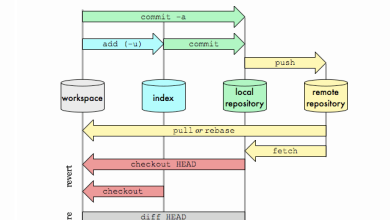
How to Set Up a Git Repository on a Remote Server
Setting up a Git repository on a remote server is a common task for developers and system administrators. It allows…
Read More » -
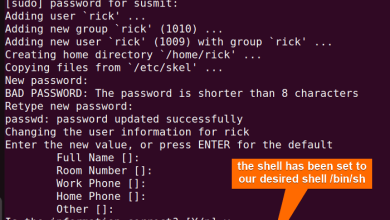
How to Use the adduser Command for User Management
User management is a fundamental aspect of system administration in Unix-like operating systems such as Linux. The adduser command is a user-friendly…
Read More » -
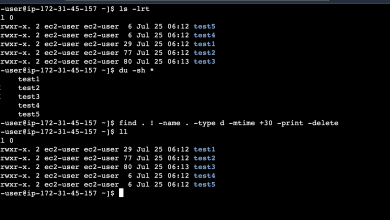
How to Use the find Command to Remove Files
The find command is one of the most powerful and versatile tools available in Unix-like operating systems, such as Linux and macOS.…
Read More » -
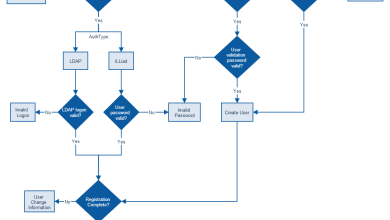
How to Set Up an LDAP Server for User Authentication
What is LDAP? LDAP (Lightweight Directory Access Protocol) is an open, vendor-neutral protocol used for accessing and maintaining distributed directory…
Read More » -

How to Install and Use VLC Media Player on Linux
VLC Media Player is a free, open-source, and cross-platform multimedia player that supports a vast array of audio and video…
Read More » -
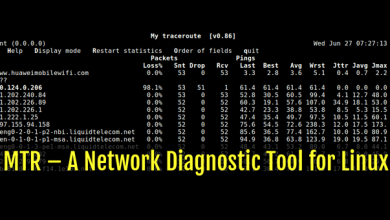
How to Use the mtr Command for Network Diagnostics
mtr (short for My Traceroute) is a powerful network diagnostic tool that combines the functionality of ping and traceroute. It…
Read More » -
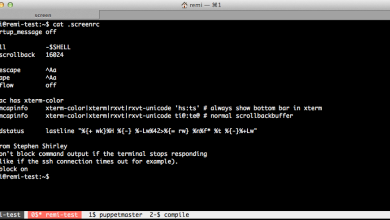
How to Use the screen Command for Terminal Sessions
The screen command is a terminal multiplexer that allows you to manage multiple terminal sessions within a single window. It…
Read More »
